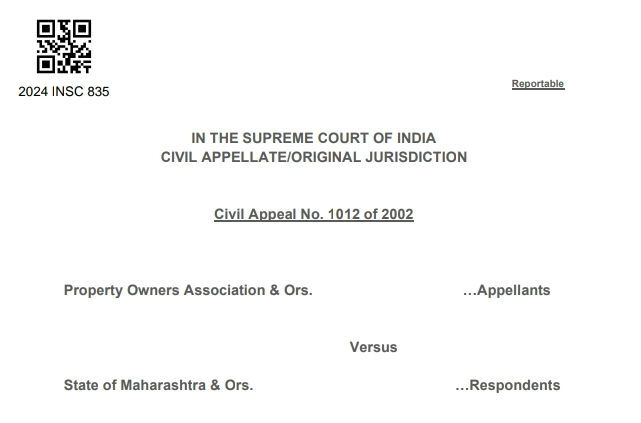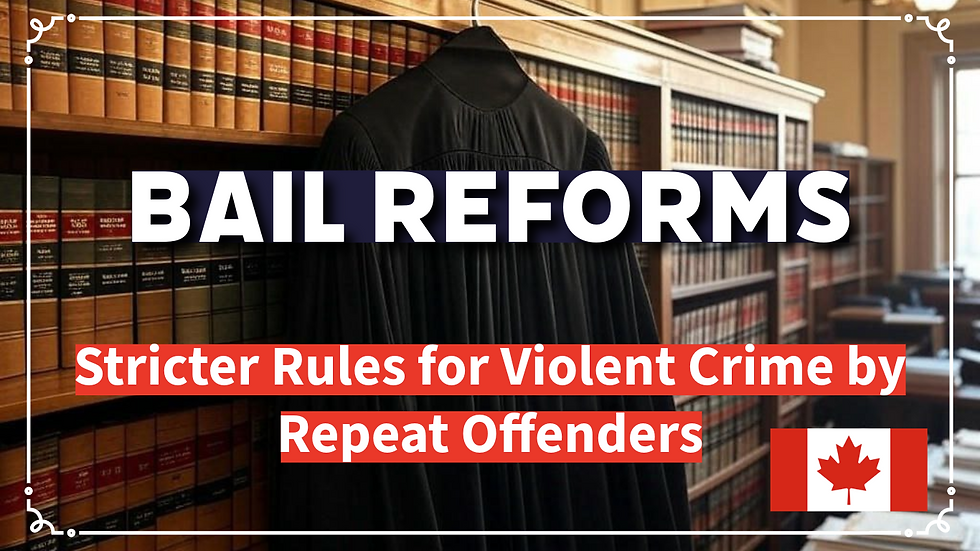SC Clarifies Limits on Redistributing Private Property: Key Implications for Property Rights
- M.R Mishra

- Nov 6, 2024
- 2 min read
A nine-judge Constitution Bench of the Supreme Court ruled on November 5 that the government cannot classify all privately owned property as "material resources of the community" for redistribution, as per Article 39(b) of the Constitution.

"The right to property remains a valuable constitutional right, and its deprivation must meet the strict criteria established under the law."
The Bench, led by Chief Justice DY Chandrachud and including Justices Hrishikesh Roy, BV Nagarathna, Sudhanshu Dhulia, JB Pardiwala, Manoj Misra, Rajesh Bindal, Satish Chandra Sharma, and Augustine George Masih, addressed two main issues.
First, the Bench examined whether Article 31C remains valid after various constitutional amendments and rulings.
Article 31C was designed to shield laws aimed at distributing resources for public benefit from being challenged for infringing rights under Articles 14, 19, or 31.
Although expanded in 1976 to cover all Directive Principles, the Court’s 1980 Minerva Mills judgment limited this protection.

The recent decision reaffirms the status quo post-Kesavananda Bharati, safeguarding only Article 39(b) and (c) provisions.
Second, the Court considered if Article 39(b) allows the government to acquire and redistribute private property deemed as "community resources." While Article 39(b) emphasizes resource distribution for the common good, it does not imply that all private assets fall within this category.
The judgment thus narrows the scope, emphasizing that not every private property can be categorized as a community resource.
The constitutional articles discussed in the article are:
Article 31C: Protects laws that aim to implement the Directive Principles specified in Article 39(b) and (c) from being challenged for violating fundamental rights under Articles 14, 19, or 31.
Article 39(b): Part of the Directive Principles of State Policy, it calls for the equitable distribution of material resources to serve the common good.
Article 39(c): Seeks to prevent the concentration of wealth and resources to the detriment of the common good.
Additionally, Articles 14 and 19, which outline fundamental rights related to equality and freedom, are also mentioned in relation to how they interact with Article 31C.
Case Title:
PROPERTY OWNERS ASSOCIATION VS. STATE OF MAHARASHTRA . - C.A. No. 1012/2002 - Diary Number 78629 / 1992 - 05-Nov-2024
(Uploaded On 05-11-2024 14:20:34)
Thanks For Visiting!!






Comments